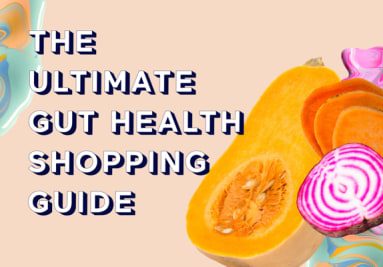And now that we’ve demystified how to make your own pickles, it makes sense to start thinking about what the different kinds are and what makes each variety tasty. While often the basics are the same—a cucumber plus a pickling liquid—differences come up in the process and even the flavors you add. Here, we outline some of the various pickle varieties you may come across in stores and what changes their flavor profiles in case you want to make them yourself: The second is kosher dill pickles, which aren’t called kosher for their adherence to the dietary guidelines of keeping kosher but rather because they originated in the Jewish delis of New York—which were overseen by rabbis. In terms of flavor, there is one common difference between a classic dill and a kosher dill: kosher dill pickles often include garlic in addition to dill. However, classic sweet pickles lean on common pickle spices like mustard seed or bay leaves to compliment the additional sweetness. The only requirement to make something a sweeter pickle is a bit of sweetener. The name for these pickles comes from their rise to popularity—allegedly, during the Great Depression. Sandwiches of white bread, butter, and pickles became a staple during this time because all the ingredients were cheap and readily available. The association stuck in the name for these refrigerated classics. Cornichons, the popular French pickles, are made from Gherkin cucumbers, specifically ones picked before full maturity for an extra bite. Traditionally, they’re flavored with tarragon, but sometimes they’re also made in sweet varieties. These pickles also come in two styles: a final product that’s pickled for only a few days or one that’s pickled longer. The big difference in flavor is how sour they are: The longer the ferment, the more sour the pickle. Some varieties are more accurately considered preserved cucumbers than pickled cucumbers but are still often associated with pickles. No matter what pickles you’re eating, it’s always worth thinking about making them yourself if you’re looking to reap all the benefits. According to Megan Meyer, Ph.D., “If you are buying pickles from a can at a grocery store, there’s very little chance there are any probiotics in them.” It’s important to remember that pickled foods are different from fermented foods. If you’re curious about fermented foods, there are plenty of types you may benefit from adding to your diet.



